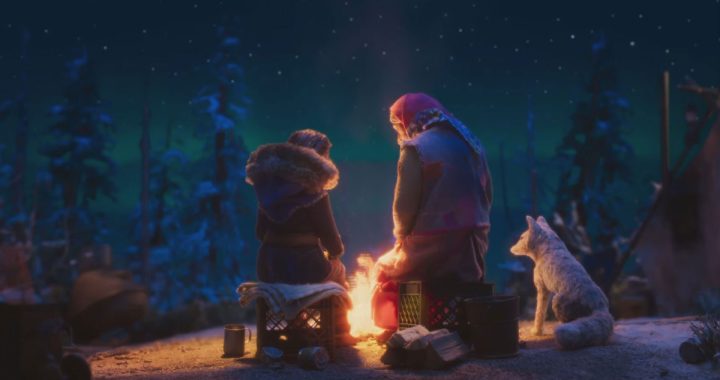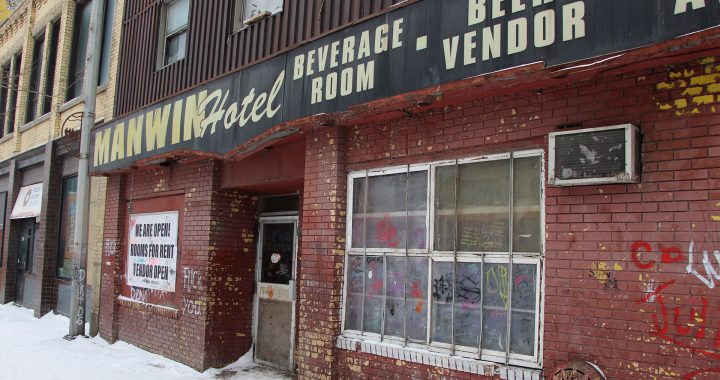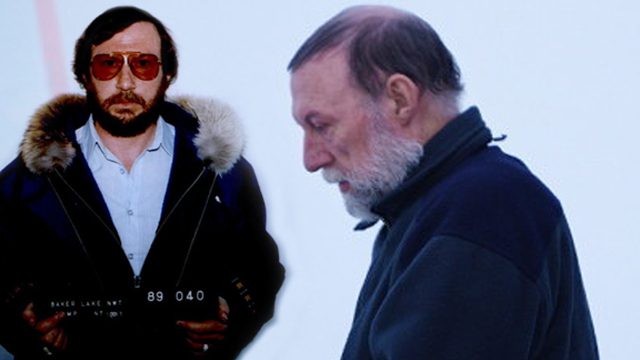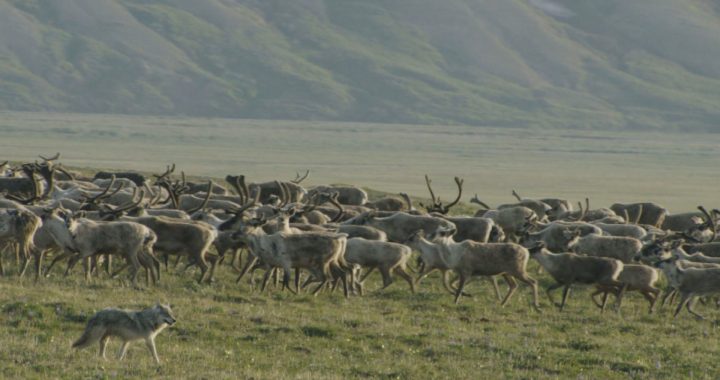Sheshatshiu Elder Tshaukuesh Penashue broke down at the public inquiry into the provincial child welfare system as she explained what the terrain looked like in her territory before settlers and the government showed up.
She drew a picture of the Innu lands – the trees, berries for medicines, mountains and rivers for the commissioners to see.
“Ever since the government has destroyed our land where are we going to teach our next generation,” she said. “Our children, the youth. There has been so much damage done, dammed our rivers, destroyed the land.”
It’s just the latest injustice for the people of Natuashish and Sheshatshiu.
The Innu have pushed back against low-level military flight testing runs and the construction of hydroelectric dams that have flooded thousands of hectares of their territory.
This inquiry in Sheshatshiu is dealing with the treatment of Innu children in the child welfare system.
People who are testifying are talking a lot about the old ways – when Innu lived their own lives.
That continued on Thursday when Mary Jane Edmunds presented a timeline of the history of the Mushuau Innu who largely live in the community of Natuashish, 275 km north.
She talked about a simpler life – including the string game – a favorite among Innu families to share legends.
“So even though we weren’t there, the stories became our history they became, they were passed on for generations after generations,” she said.
Read More:
Inquiry into treatment of Innu children in child welfare system starts
Innu elders testify at inquiry about loss of culture ‘when the priests came’
For more than six years, Innu leadership has called for an inquiry into the provincial child welfare system and how it has treated Innu children.
Many children who were taken from their homes and communities were taken out of Labrador – or even the province.
Those who returned after years of being away lost their language – and their culture.
Others died by suicide.










